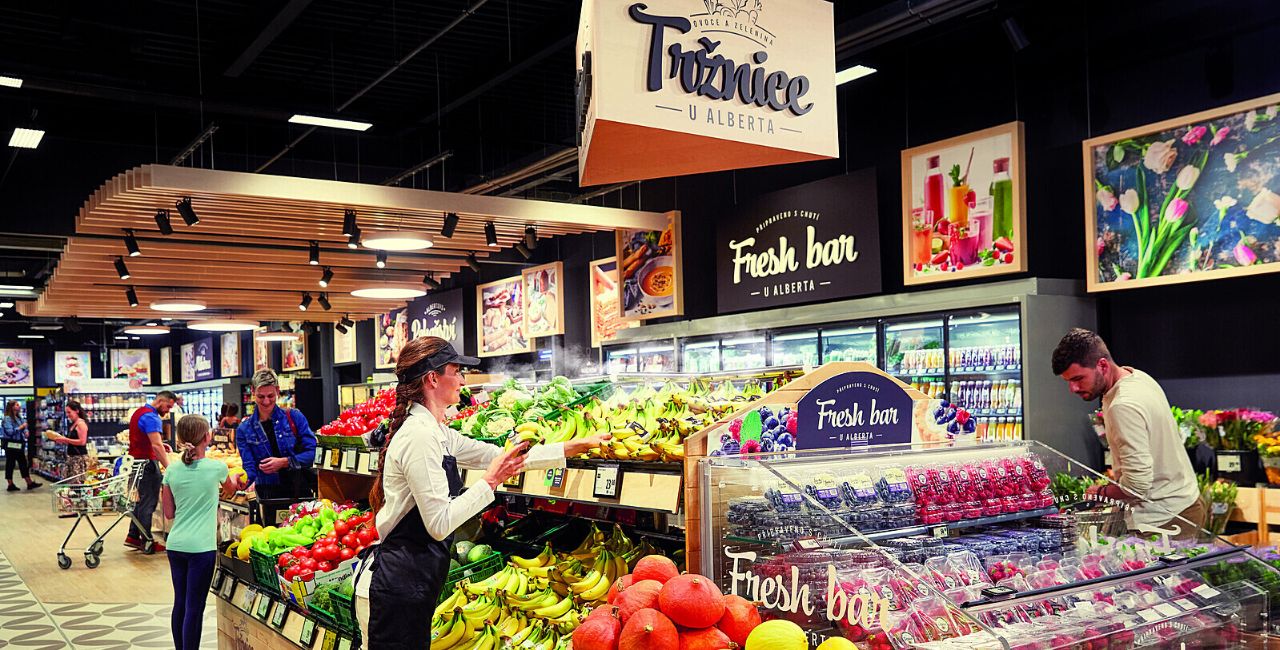December inflation brought a downward surprise and is good news for the central bank. However, the main issue at the moment is the January re-pricing and the impact of government measures on the CPI.
The January number should bring inflation back to higher levels, but lower than the central bank expects
Mixed picture but overall lower than expected
The overall level of consumer prices remained the same in December as in November (0.0% month-on-month). On an annual basis, consumer prices rose by 15.8% in December, 0.4pp lower than in November. The average inflation rate for the full year 2022 was 15.1%.
Price developments varied across the different sections of the consumer basket. The fall in fuel prices was offset by price increases, particularly in housing, energy and food. However, growth in these items was lower than we expected.
Re-pricing is the main risk for January
December brought a significant signal that inflation is coming under control. However, the true test of where inflation really is will not come until January. For the next figure, we see two main issues: energy prices and new year repricing.
From January, the government’s measure will switch from a saving tariff to an energy price cap, but we estimate this should have about the same effect (3.5pp). We thus see the main uncertainty in the January re-pricing. On the regulated side, apart from energy prices, we see a 5% excise tax hike on tobacco, which should lead to a 0.1pp contribution to CPI.
On the market side, the situation is unclear. Last January, prices jumped by 4.4% MoM, the most in the region. The same pace would equal 15.7% YoY this year. We don’t have all the surveys yet, but it is already certain that the same drop in fuel prices as in December (10% MoM) cannot be expected for January.
And it can also be assumed that January is the last time retailers can increase their margins and offset higher costs. On the other hand, today’s number lowers our expected inflation profile from above 17% to above 16% for January.
Central bank expectations
For CNB, today’s number is clearly good news. Given the underestimated effect of government measures on the CPI, it’s hard to read where the central bank’s expectations really are these days.
However, Governor Ales Michl mentioned in a recent interview that inflation may reach levels above 20% YoY in January. However, yesterday Deputy Governor Eva Zamrazilova said she expects levels more around 18% YoY. Both estimates suggest that the CNB expects the YoY figure to return to higher levels after the end of the saving tariff.
Support Prague Morning!
We are proud to provide our readers from around the world with independent, and unbiased news for free.
Our dedicated team supports the local community, foreign residents and visitors of all nationalities through our website, social media and newsletter.
We appreciate that not everyone can afford to pay for our services but if you are able to, we ask you to support Prague Morning by making a contribution – no matter how small 🙂 .




